AARP Hearing Center

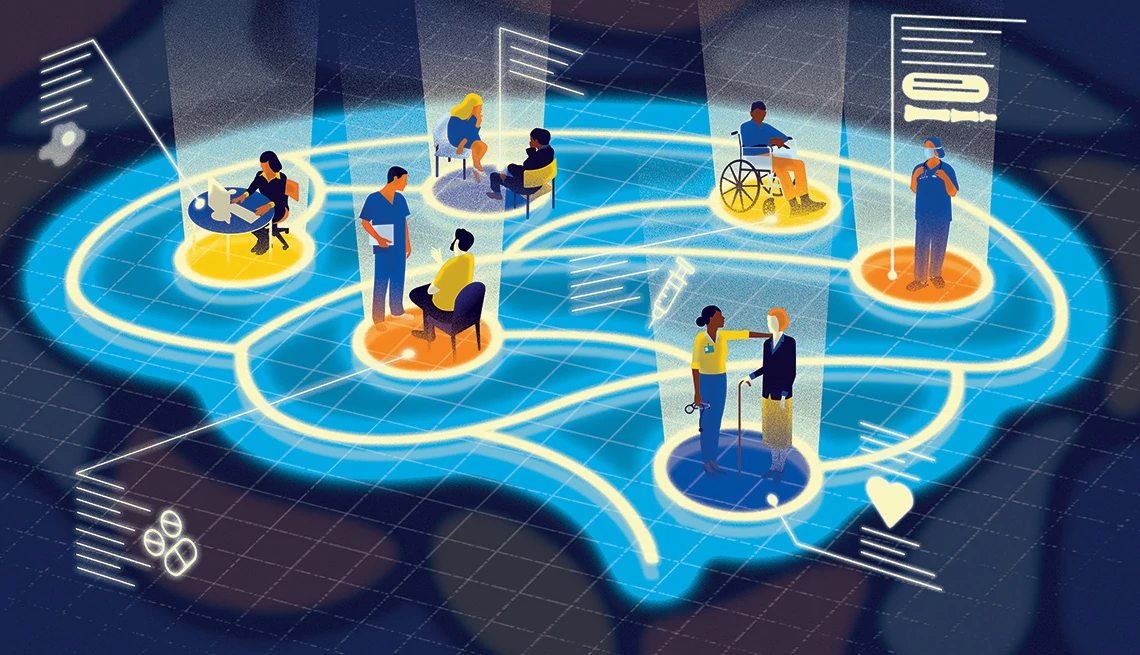
These days more older adults than ever — more than 9 in 10 — want to remain in their homes as long as their health and financial circumstances permit, according to a March 2023 survey. That’s even more than in an AARP survey taken two years before.
Inevitably, though, many older adults will have to confront physical, mobility or cognitive challenges as they age, placing a strain on family members and other loved ones who can be caregivers. Home care workers are in short supply; services are expensive.
Artificial intelligence (AI) shows promise to give relief to family and professional caregivers and the people they’re caring for.
“I believe the quality of AI-driven digital support we’re going to see soon will provide a significant answer to the caregiving crisis,” says Rick Robinson, vice president and general manager of the AgeTech Collaborative from AARP. Every year, the collaborative sorts through hundreds of new products and services for older adults in search of the most promising tech.
AI can predict problems
AI and a version known as machine learning may already be helping loved ones who live independently, and you may not be aware of it, says Laurie M. Orlov, an industry analyst in Port St. Lucie, Florida. She’s also founder of the Aging and Health Technology Watch website, which spotlights aging in place.
“AI is going to be extremely helpful in mitigating the gaps and care for us as we age, especially the boomers age to 80 and beyond,” she says.
Learn more
Senior Planet from AARP has free online classes to help you discover more about artificial intelligence.
Orlov recently wrote a report on AI and the future of care work. She points to home sensors that, combined with Wi-Fi and AI, can detect behavioral and environmental patterns and changes in the way an aging person speaks, moves around or doesn't move much at all.
Sensors also can detect changes in moisture, sounds and temperature and tie into an internet-connected smart home that caregivers not present 24-7 can access. You may be able to determine from afar how often Grandma opens an internet fridge, an indicator of how she’s eating. How often Grandma flips channels on a smart TV may tell you she’s alert and engaged.
“We can use the data to predict that a hospitalization is about to happen, that something is about to go wrong ... and [it] gives us a chance to intervene,” says David Moss, chief executive and cofounder of Care Daily. The Palo Alto, California, software company and tech marketplace allows developers and health care organizations to create what he calls AI Caregivers and solutions for various chronic conditions and lifestyles.
AI sensors can alert but not intrude
Many ambient sensors and devices are meant to blend into a home rather than feel like an invasion of a person’s space.
Boston-based Cherish Health teamed up with Alarm.com on a standalone monitoring device called Cherish Serenity, which resembles an audio speaker you place on a dresser or coffee table. Using a combination of radar, AI and AT&T cellular connectivity — but no cameras — it can detect when someone is standing upright, sitting, lying down or has fallen, even if that occurs in another room. The cost is around $300 with a $40-a-month monitoring fee.
Without the use of cameras or microphones, Xandar Kardian also employs radar to noninvasively monitor a patient’s movement, resting heart rate, respiratory rate and other vital signs. Our bodies constantly generate thermal heat and emit micro vibrations that can be detected by Xander Kardian’s radar technology, according to the company.
AI can clarify complex medical information
In some cases, older adults will engage directly with AIs. These may take the form of avatars, the personality inside a chatbot, or a robotic companion such as ElliQ that can remind them to head to a doctor appointment or take medications or give them someone to talk to.

































































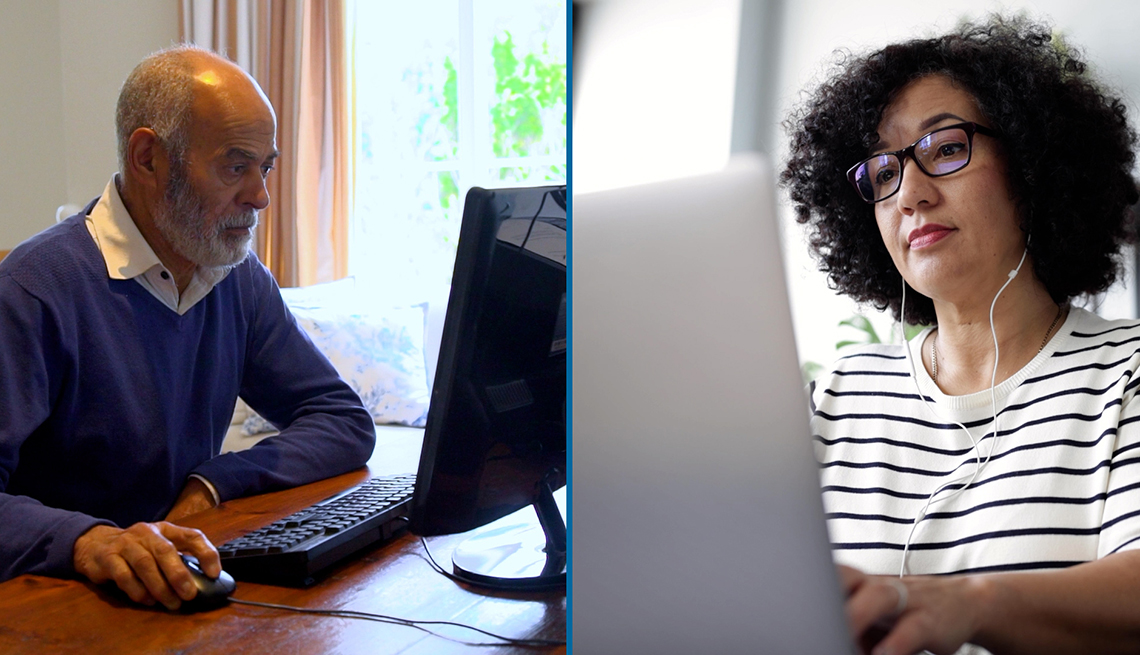
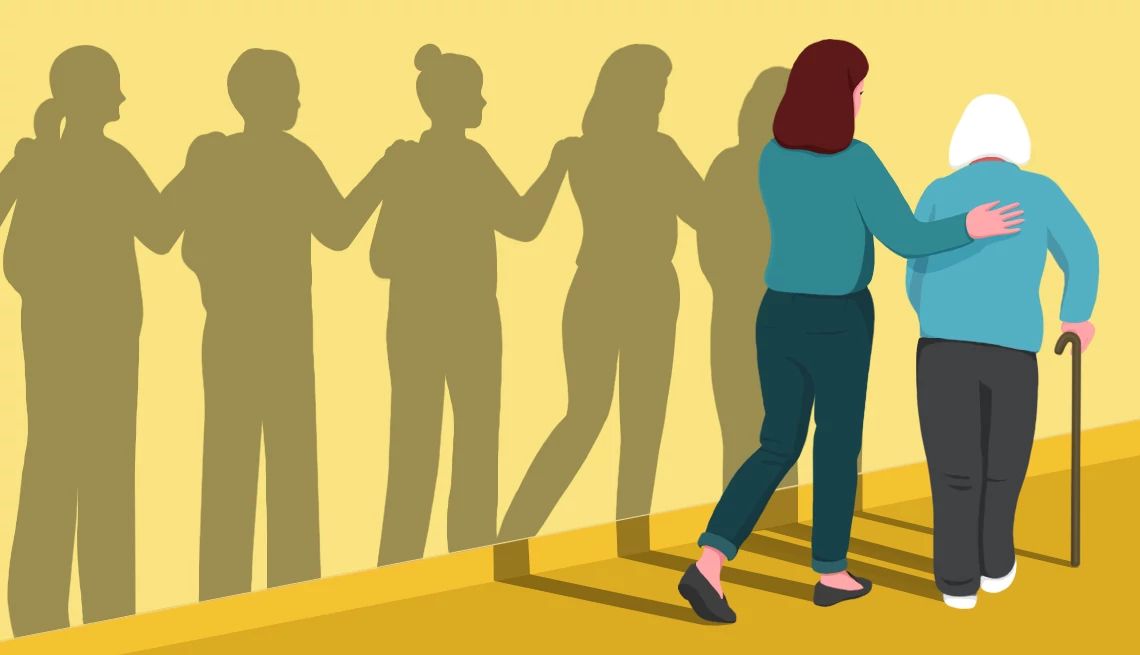
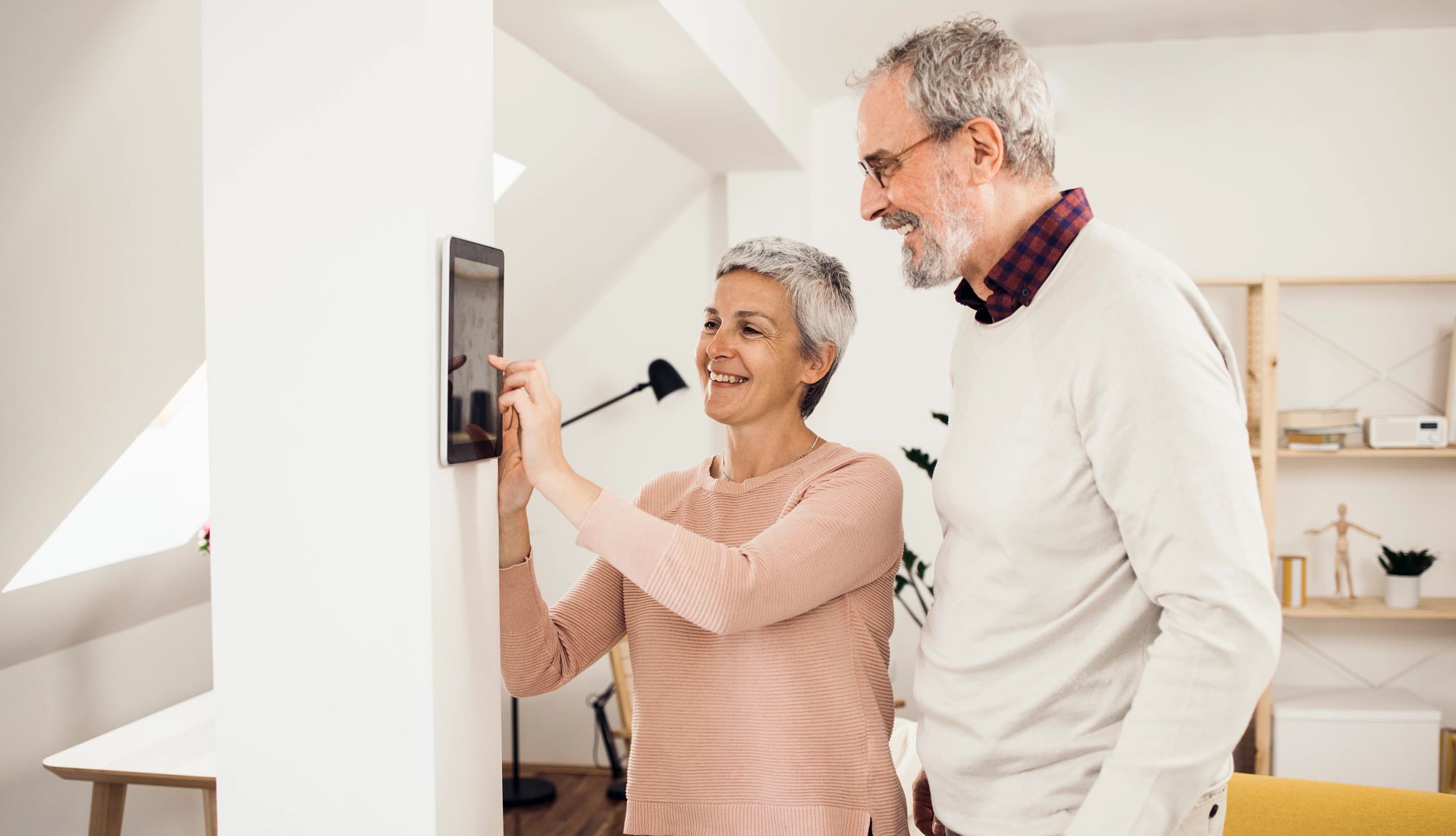

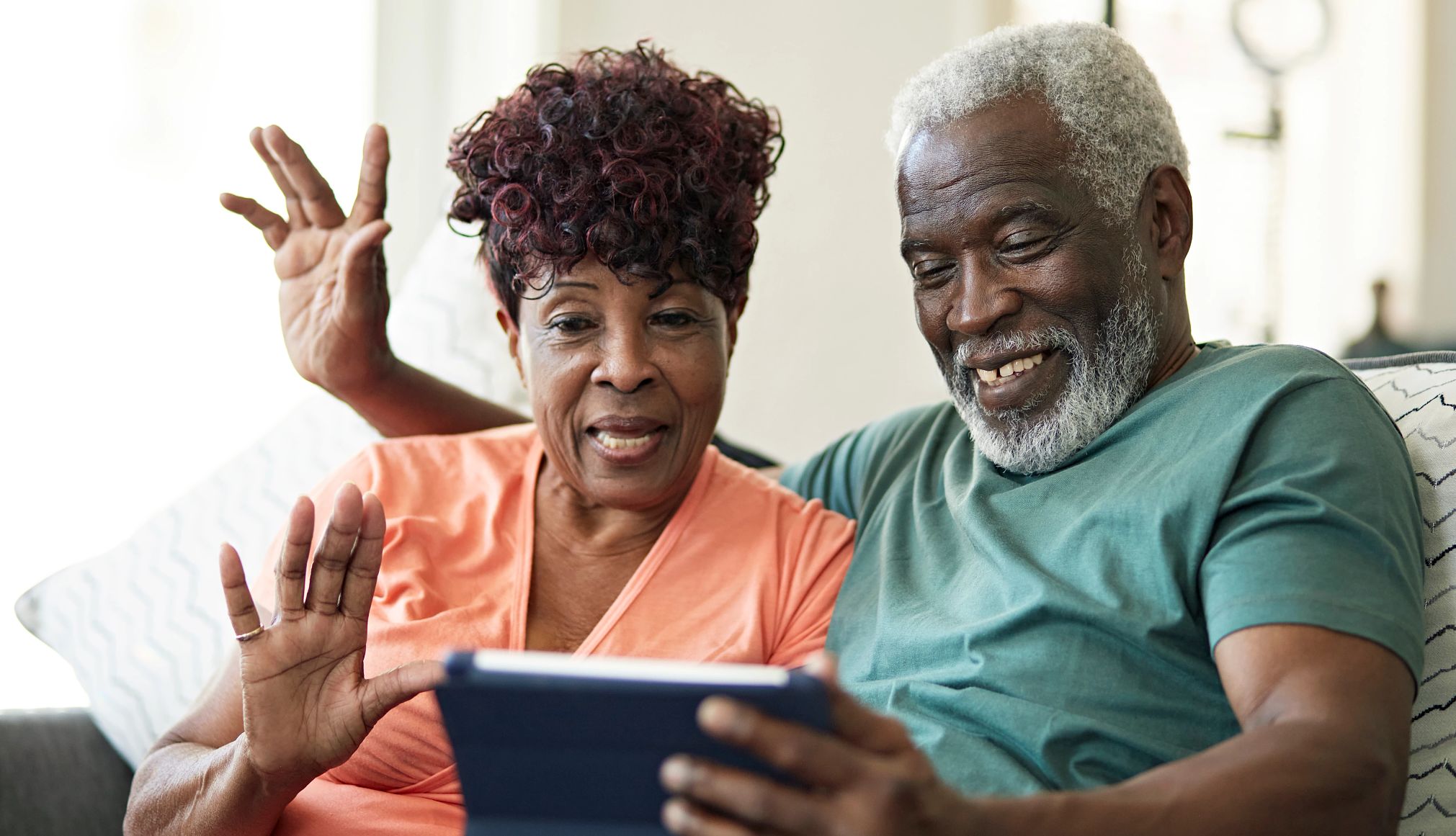
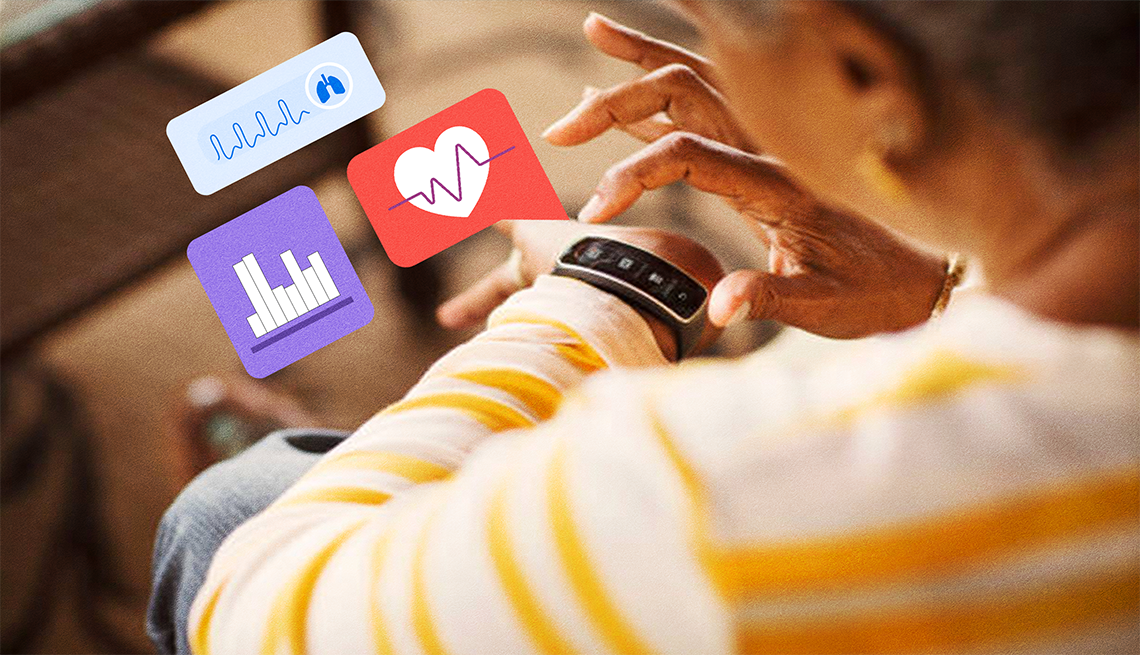


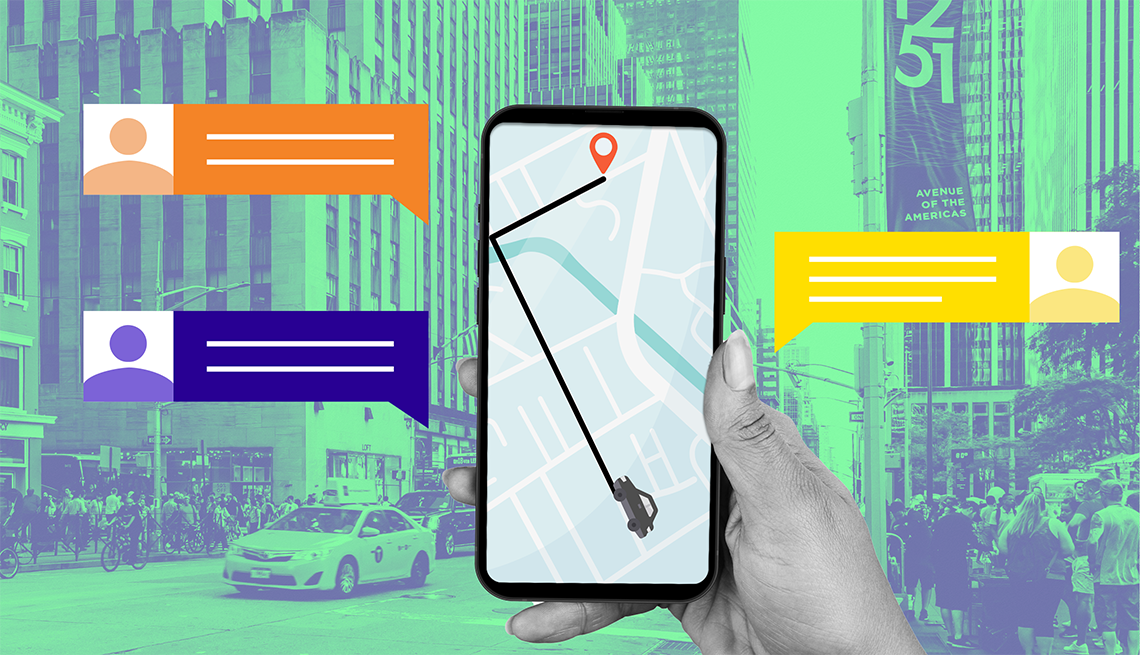


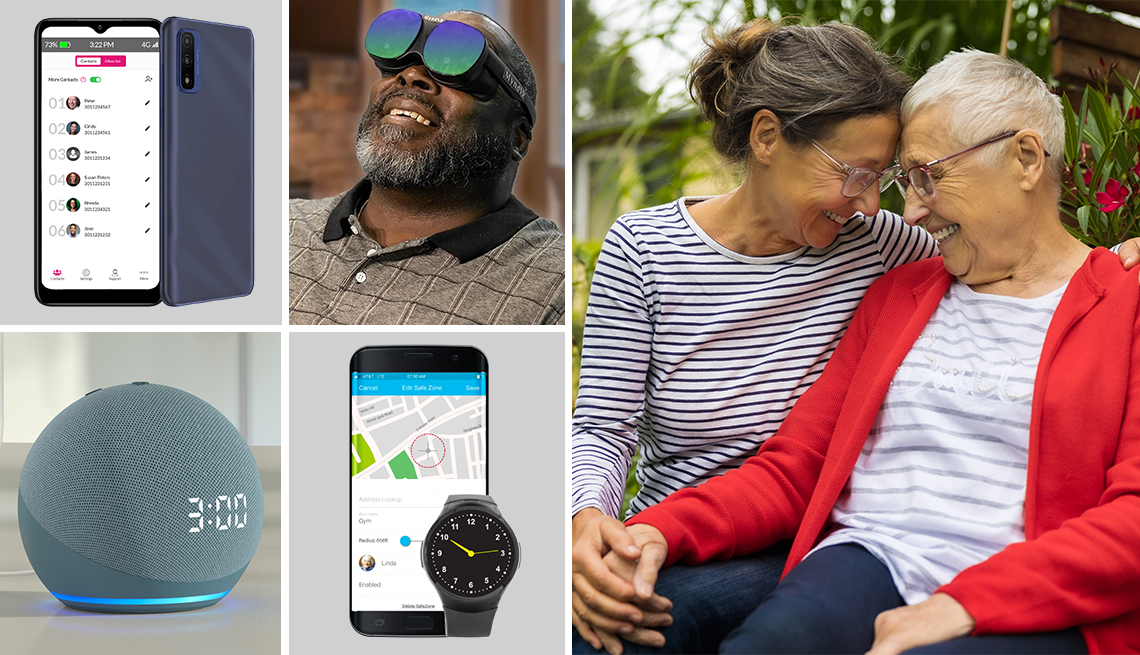



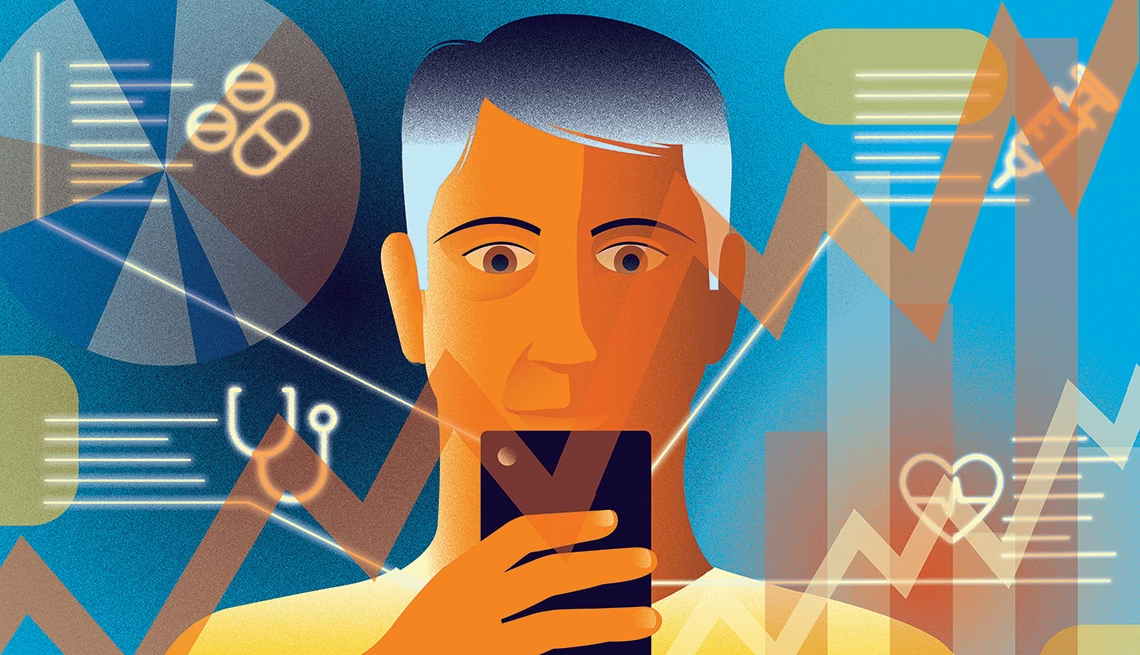

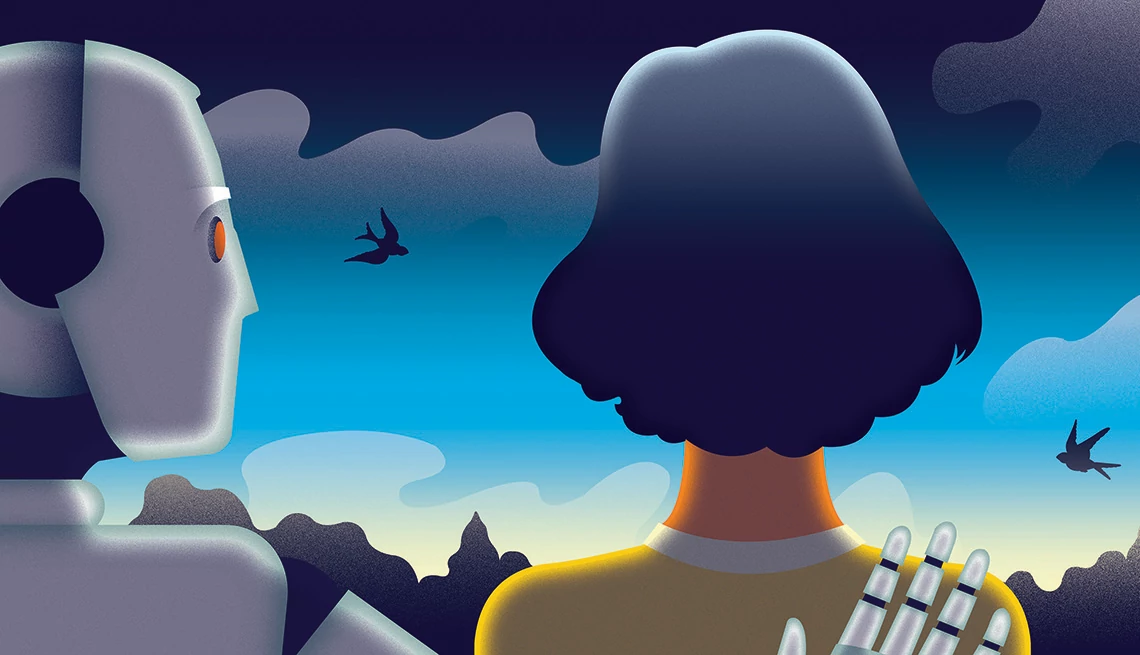


More From AARP
5 Ways Tech Can Help Caregivers of Dementia Patients
Wearables, smart homes, other solutions don’t work for all
What You Need (and Don't) to Make Your Home Smart
From a practical standpoint, a video doorbell can help you, your packages stay safe
5 Apps to Help Caregivers Get Organized, Find Support
Try these digital tools for managing meds, sharing tasks and moreRecommended for You